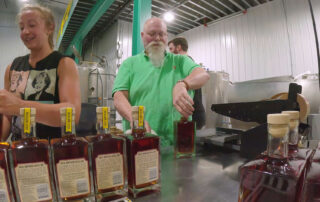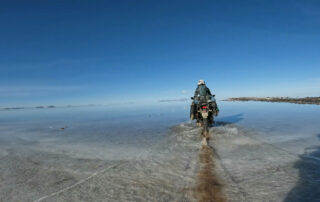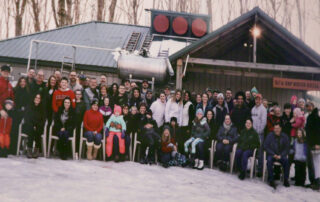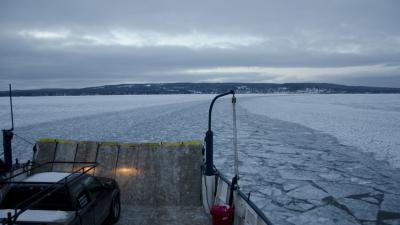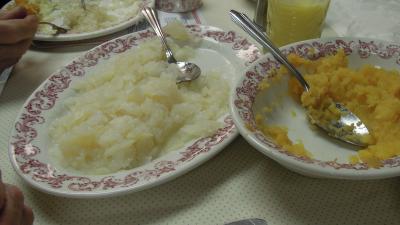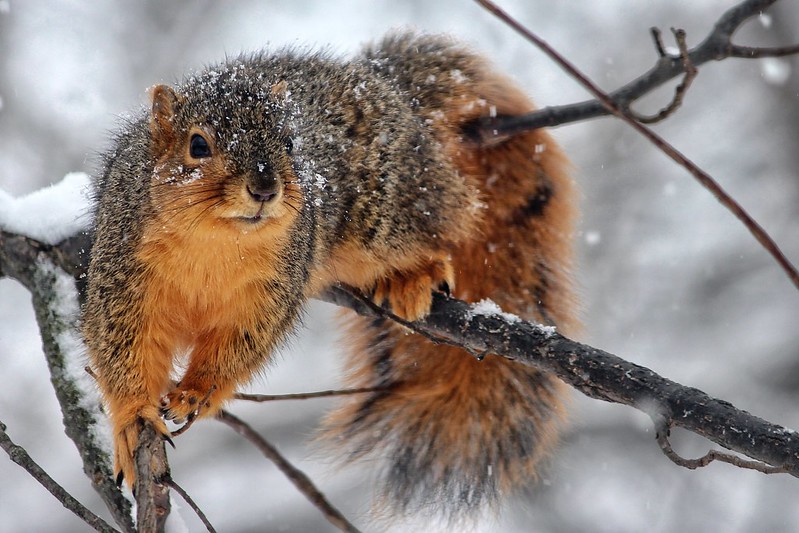As a farmer Mark Shepard appears hard to pin down. He’s not growing acres of corn and soybeans, and while he grows asparagus, he only has a few rows.
He grows hazelnuts and chestnuts, so you could call him a nut farmer, but that’s only part of the story.
He’s also growing elderberries, cherries and a dozen other crops. “I’m passionate about the woods and trees and plant and animals and all that.”
Shepard sees himself as a farmer for a new era of restoration agriculture. “Why should we work and spend money and inputs and resources in trying to keep something alive that wants to die. And why are we trying to kill the stuff that wants to live. Why don’t we figure out how to farm the stuff that wants to live? And keep improving that system as it goes along.”
New Forest Farm near Viola is living proof of Shepard’s hypothesis that you don’t need big tractors and chemicals to grow enough food to feed the world. “How do we get those same staple foods for the human race, while not destroying ecosystems but actually restoring ecosystems?”
Shepard and his wife came here in 1995 from Alaska. His idea was to find species that flourished without help, yet still produce a harvest. He planted apple trees, chestnut trees and hazelnuts, then he left them alone. “My maintenance technique – I call it STUN, sheer utter total neglect.”
He selected for the heartiest and most abundant trees and he planted organic produce in between. “When we got started here, most grocery stores didn’t even have an organic section for produce.”
What’s remarkable is that Shepard can grow anything of quality on this land at all. The slopes were highly eroded and the clay soils that remained couldn’t hold much water. He adopted a simple philosophy on water. “If the rain falls on this farm, it belongs on this farm.”
Every alley has a ditch or swale next to the trees to hold water. Overflow rain goes to what’s called a pocket pond. If the pond fills up, water flows out to the ridges through another swale. “This system is designed to capture the big thunderstorms.”
All the trees and water have an extra benefit. Native birds, frogs and insects have returned and provide pest control and a little beauty. “Actually that’s sometimes my best paycheck, because I really like the natural world. And to hear all these birds singing in the morning. To hear the frogs singing in the ponds.”

